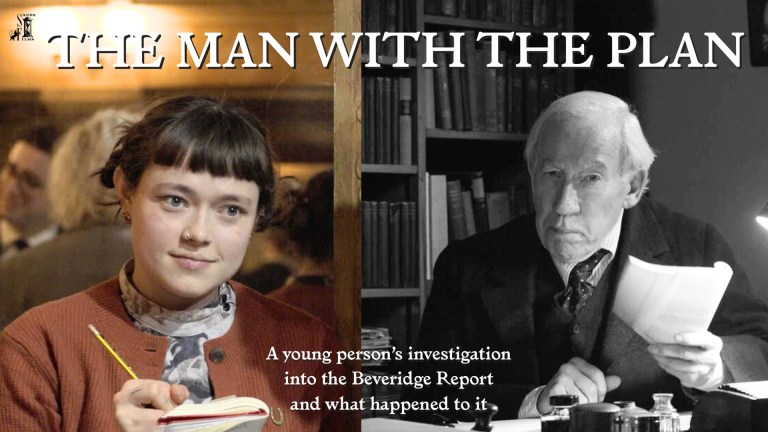We need managers who set and enforce positive boundaries with themselves and their colleagues and normalise prioritising their wellbeing over deadlines and budgets. We need leaders at all levels of a company who acknowledge the importance of life outside of the office and have a healthy perspective on what is actually ‘urgent’ or ‘an emergency’. (Unless you’re working in A&E or law enforcement, really, what is an emergency?) Change doesn’t need to start at the top, but it has to do its part in order for big changes to happen.
Truly flexible working
While working from home in a pandemic (without childcare) is nowhere near ideal or truly reflective of what flexible working could look like, at the very least we now know remote working or more flexible hours are possible, when many of us were previously told the opposite.
Once the extreme nature of ‘WFH in a pandemic’ has calmed down, an innovative and positive form of remote or flexible working should take its place. In five to 10 years, working remotely or with limited days in the office could and should be completely normalised and expected. Obviously some industries may not be able to make this work – but there are so many that can, and the benefits would be tenfold.
For example, without location or accessibility being a hurdle, think of how diverse our workplaces could become. Who could companies hire that they wouldn’t or couldn’t before, because of the geographical and physical nature of their workplaces?
If leadership teams and managers were trained to manage remote staff and flexible hours properly and sensitively – without there being an impact on career trajectory or inclusion – and if the right technology and in-home equipment were made easily available, the transformation of many people’s mental health would be incredible.
Another huge issue that became even more apparent in 2020 was the importance of affordable and accessible childcare to working parents. But what if creches and nurseries became integrated into offices? And at no extra cost? The ‘mental load’ and stress parents experience trying to pay for childcare and to also physically do the drop-offs and pick-ups in combination with their commutes is too much.
If this massive financial and mental pain point were alleviated, the benefit to working parents’ mental wellbeing – and therefore families as a whole –would be unmeasurable. Without this fundamental change to our working culture and society, the true mental wellbeing of working parents and equality for women in the workplace will never come to fruition.
The normalisation of self-reflection
While the giant structural and organisational changes that could potentially happen are important and necessary, the future of our mental health at work can only shift and change if we’re willing to reflect on our own personal relationship between work and our wellbeing.
In addition to stress and ‘burnout’, there’s also a deeper mental connection that we have to our work. Our identities can be intertwined with our job titles or the company we work for (‘I’m a Googler!’), which can be devastating when we lose the job we so closely align ourselves to.
More positively, our mental health can also be uplifted by the work we do – we can get a deep sense of satisfaction or purpose from our work, and a sense of belonging from our jobs. Therefore, when we do experience stress, examining why, for example, we feel the need to overwork ourselves, or why we find it so hard to put boundaries on our time and not answer emails at midnight is so important.
It’s not enough just to acknowledge an imbalance between our work and home life, it’s understanding why this imbalance has occurred and what we need to do to (or ask for) to rectify it that matters. If every individual were to reassess this and be focused on solutions for what they need to improve the relationship between their mental health and their job, this could have a huge, positive domino effect on the overall future of work.
How To Work Without Losing Your Mind by Cate Sevilla is out now (Penguin, £14.99)
The Big Issue is offering free training and job search help to anyone who needs it with our new RORA Jobs and Training Toolkit. Sign up to receive a free three-month digital subscription to The Big Issue, access to dozens of free or discounted online training courses and the ability to search hundreds of thousands of jobs.
If you are out of work or worried about work and looking for immediate, practical advice call The Big Issue Jobs helpline on 0204 534 2810 or email RORAhelp@momentagroup.com.









